
What Happens in Airports… Happens Everywhere
Airports combine all the complexities of modern infrastructure, making them the ideal launchpad for solutions that will soon scale to cities, industries, and beyond.
By addressing real-time operational challenges across such a wide spectrum of use cases, airports have become a living showcase of what’s possible with Spatial Intelligence.

Airports Are the World in Microcosm
Walk through any major airport and you're witnessing the future of infrastructure management in action. Airports aren't just transportation hubs—they're complex ecosystems that compress every major operational challenge into a single, dynamic environment.
From crowd management to retail optimization, security protocols to multimodal transportation, emergency response to industrial logistics—airports handle it all. They're living laboratories where Spatial Intelligence proves its value across every conceivable use case.
This is where Spatial Intelligence steps in—unlocking operational excellence, enhancing visitor experience, and ensuring safety.

The Common Denominator: Scale, Complexity, Motion
Mixed Traffic at Scale
Airports manage extraordinary complexity: millions of passengers annually, thousands of vehicles daily, and countless interactions between people, assets, and infrastructure.
This isn't unique to aviation—it's the reality for urban intersections, shopping malls, ports, industrial sites, and smart cities worldwide.
Why Spatial Intelligence is Essential
By applying Spatial AI to these environments, operators gain real-time, actionable insights—enabling them to optimize resources, prevent bottlenecks, and respond dynamically to events.
Continuous Individual Tracking transforms infrastructure management from reactive oversight to predictive intelligence.
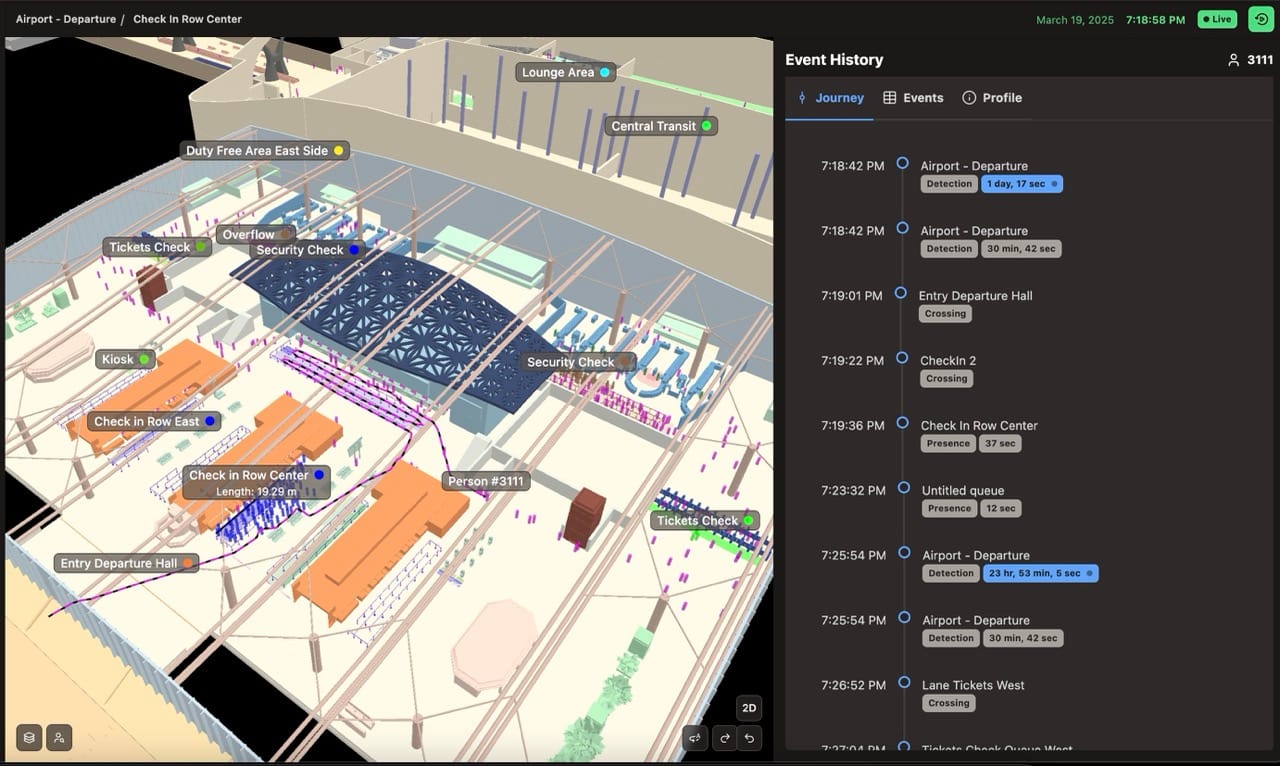
Operators move beyond simple counting to understanding complete journey patterns, predicting issues before they occur, and optimizing operations proactively.
This isn't incremental improvement—it's the fundamental shift from managing the past to shaping the future.
Airports Reflect Every Key Use Case
Crowd Management and Flow Optimization
Airports master two critical crowd challenges: continuous flow optimization during normal operations and surge management during peak events. They manage passenger density throughout the day while handling massive influxes during arrivals and departures—from security queues to baggage claim areas.
These capabilities translate directly to any high-traffic environment. Stadiums face identical surge patterns, shopping centers experience similar dynamics during sales, and cultural sites must balance steady flows with peak crowds. Emergency evacuations anywhere require the same real-time crowd understanding.

Multimodal Mobility and Transport Orchestration
Airports coordinate complex transportation networks—parking, curbside pickup, public transit, ride-sharing, and ground transport.
Train stations face identical multimodal challenges, managing passenger flows between platforms, connecting buses, taxis, and pedestrian areas.
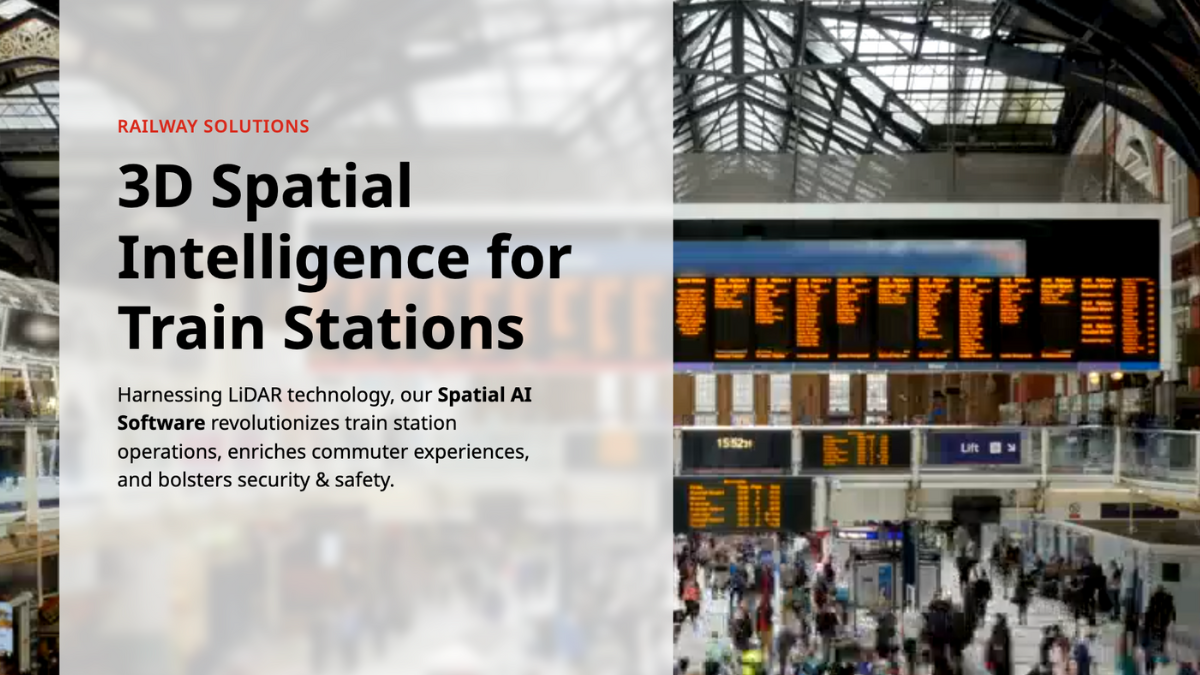
Cities encounter similar complexity at major transit hubs, while ports manage comparable orchestration with cargo and passenger flows.
Real-world success demonstrates this cross-sector applicability: Paris CDG's partnership with SNCF Gares & Connexions shows how Spatial Intelligence optimizes passenger flow between air and rail transport, while SICE FVG's train station implementation proves the same principles enhance daily operations and emergency preparedness in rail environments.

Retail & Parking Revenue Optimization
Airports are retail powerhouses, optimizing everything from store placement to customer journey analytics. Airport retail platforms demonstrate how Spatial Intelligence increases non-aeronautical revenue through better understanding of passenger behavior and dwell times.
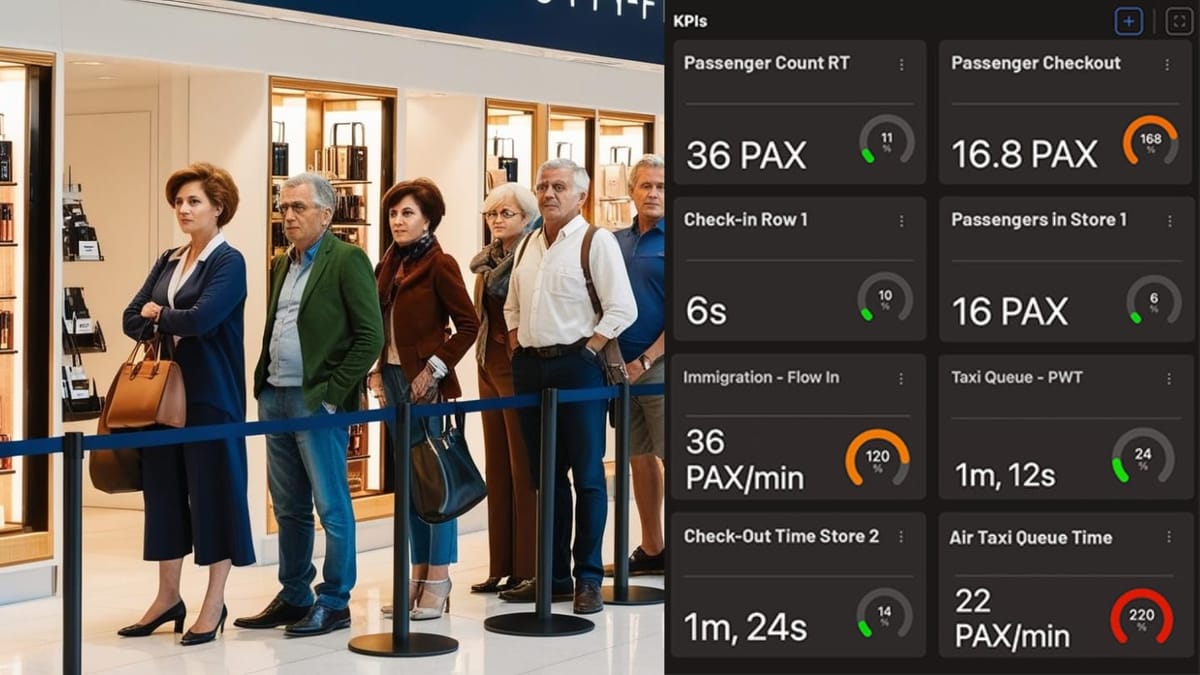
For parking, occupancy monitoring solutions provide real-time availability data that improves customer experience while maximizing revenue per space.

Safety, Security & Critical Asset Protection
Airports represent high-value targets requiring sophisticated security measures. Cyber-physical security with LiDAR and comprehensive LiDAR security solutions demonstrate how Spatial Intelligence provides perimeter monitoring, intrusion detection, and real-time threat assessment.

The privacy advantages of 3D LiDAR technology make it ideal for security applications—it provides precise tracking without capturing personally identifiable information.

Industrial Operations and Ground Logistics
Airport ground operations—baggage handling, aircraft servicing, cargo management—mirror industrial logistics challenges. The precision required for airside operations matches manufacturing and warehouse requirements for safety, efficiency, and automation support.
Robotics and Automation Deployment
Airports increasingly deploy automated systems—from baggage handling to cleaning robots. Outsight's success powering automation across automotive factories shows how Spatial Intelligence enables safe human-robot collaboration in complex environments.
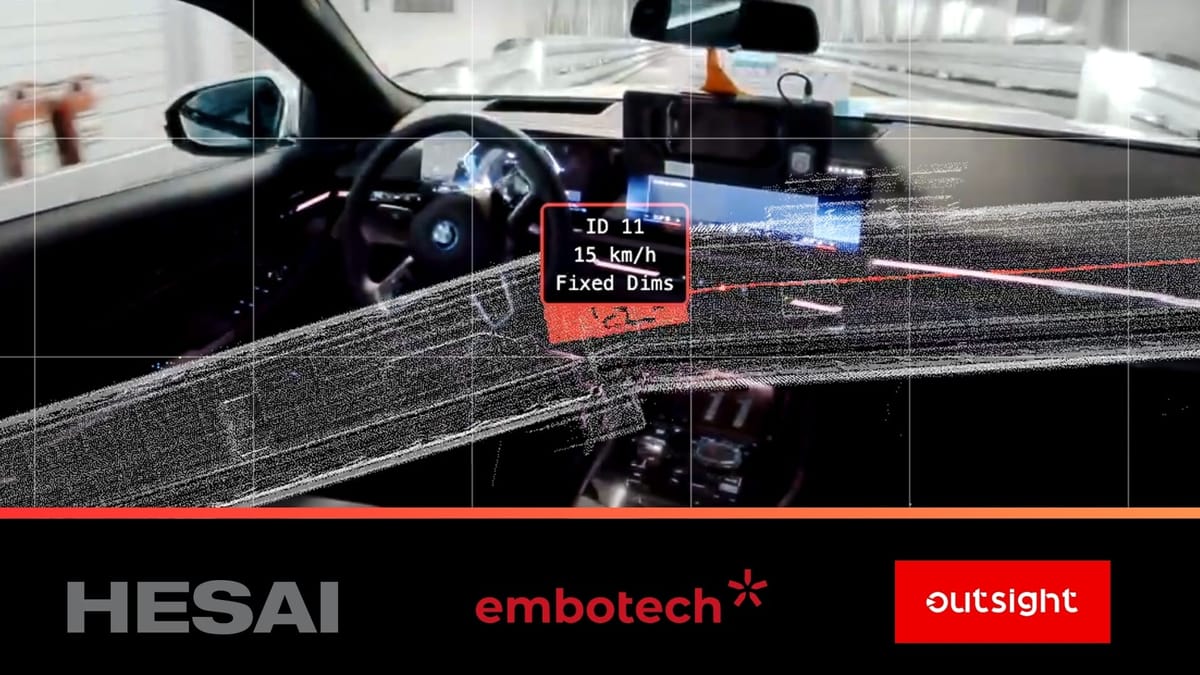
Fueling and High-Risk Process Oversight
Aircraft fueling operations require the same rigorous safety monitoring applied in hazardous industries. Spatial Intelligence provides the real-time oversight needed around dangerous processes, ensuring safety protocols are maintained.
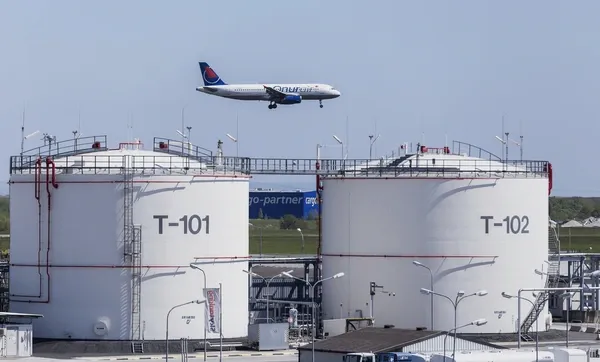
Hospitality and High-Service Zones
Airport lounges and premium services demonstrate how Spatial Intelligence enhances high-touch customer experiences.
This extends to any hospitality environment—from luxury hotels to healthcare facilities like Hospital Cognitivo in Madrid, where understanding patient and staff flows improves both operations and care quality.

Takeaway: Deliver personalized experiences by understanding premium user journeys across any service-intensive environment.
Sustainability, Energy, and Space Efficiency
Airports lead sustainability initiatives through efficient space utilization, optimized HVAC systems based on occupancy data, and emission reduction through improved traffic flows. Spatial Intelligence enables data-driven sustainability across any built environment.
Why Airports Were First—And Why the Rest Will Follow
Airports need Spatial Intelligence: constrained infrastructure, growing demand, and high-value services make optimization a must.
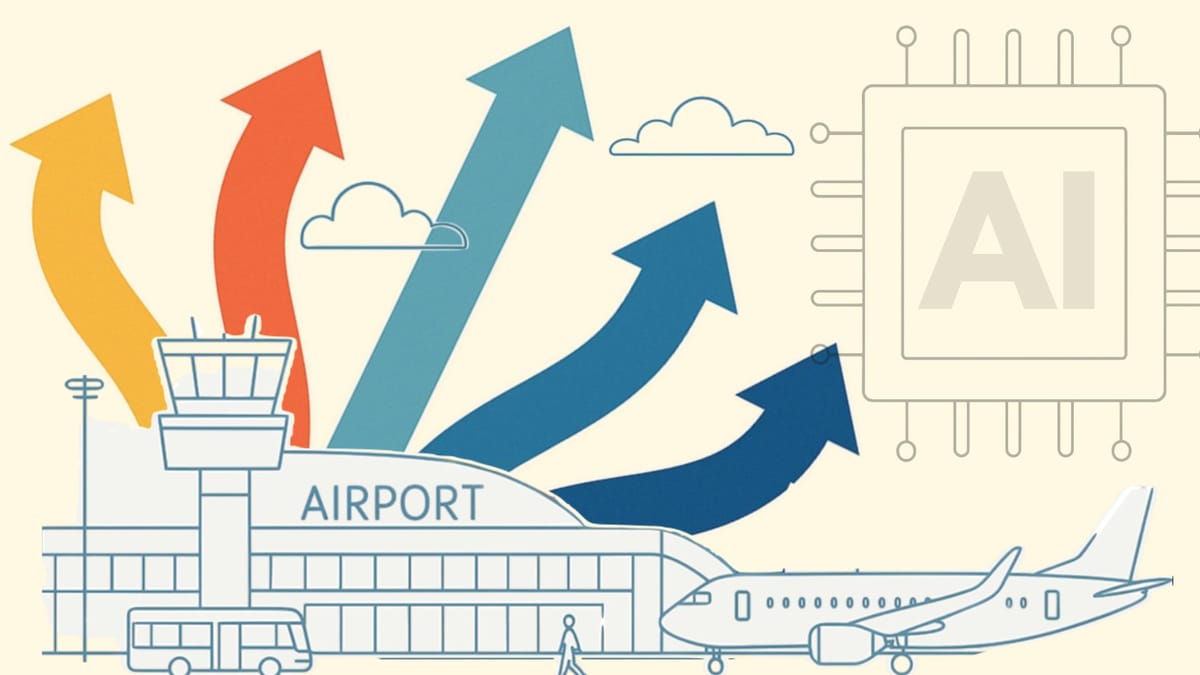
Outsight: The Leading & Scalable Solution
Outsight’s Spatial Intelligence Platform—already proven at scale in major international airports—is modular, hardware-agnostic, and designed for scalability.
To get to know our solution in detail, don't miss our latest whitepaper:
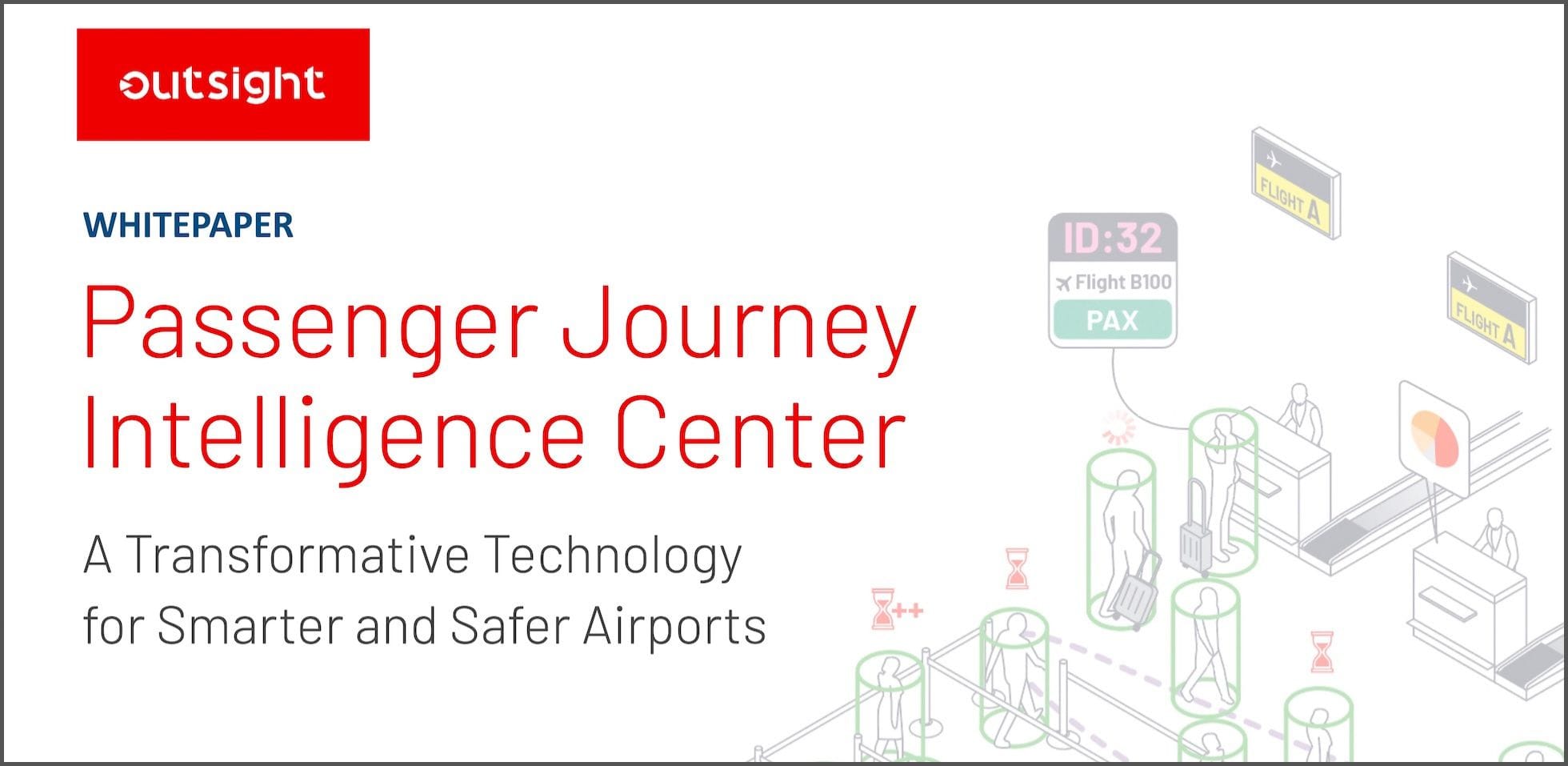
To learn more about the importance of being hardware agnostic:

The Airport Is Not the Exception—It’s the Blueprint
What’s being done at airports today with Spatial Intelligence will soon become the standard across all complex infrastructures.
Cities will demand the same insights for traffic management. Retailers will require the same customer journey analytics. Manufacturers will need the same operational precision.
Learn more at outsight.ai


















